Shamans use Murici Rapé to connect with the great spirit, also called 'Yushibu energy'.
Murici Rapé
according to the traditional recipe of the Huni Kuin tribes from Brazil
From 39,00 €
0,56 € /g
-
100% natural product without harmful additives
-
traditional, high-quality blends of the indigenous Huni Kuin tribe of Brazil
-
pristine & grounding effect
-
clarifying and harmonizing on a physical, mental and spiritual level
-
Maintaining native culture in the area of origin with the indigenous tribes.
Murici Rapé
according to the tribe-specific recipe of the Huni Kuin tribes from Brazil
Rapé is a complex mixture of various plants and their components from the Amazon region. The main ingredient is a particularly strong and pure smoking herb. The exact composition of the sacred Rapé medicine is usually kept secret by the indigenous peoples of the region of origin. Its effectiveness depends on the dosage and the particular variety. Rapé is generally said to have a cleansing and balancing effect on the mind as well as the physical and energetic body.
Suyana's Rapé repertoire includes the varieties Canelone, Tsunu and Murici Rapé. Their spectrum of effects ranges from calming and focusing properties to grounding, heart opening and spiritually awakening energization. All varieties are characterized by absolute purity, the finest workmanship and their highly effective energy. Murici Rapé is the original Rapé of the Huni Kuin Tribe and provides a lot of strength and grounding.
The production of really good Rapés is a high art and needs not only a lot of experience, but at the same time requires enormous knowledge about the plant world and its healing powers. That's why we source our blends from a family project in Brazil, where members of the Huni Kuin tribe lovingly devote themselves to the labor-intensive manufacturing process. By passing on the tribe-specific traditions to the younger generation, the cultural treasure of these indigenous groups is maintained here.
Murici Rapé – original & grounding
Murici Rapé is the original Rapé of the Huni Kuin Tribes. For a long time they used this Rapé exclusively until they discovered other plants that were suitable for their blends. Murici Rapé is attributed with a masculine energy and is sometimes referred to as the 'Rapé of the warriors'. It has a strong herbal aroma and an intense, powerful effect. The Murici plant is the tree with the deepest root system in the Amazon region. Because the tree passes on this quality, this variety is considered to be the most grounding of all Rapés. The effect of Murici Rapé is described as calming and balancing. At the same time, this blend promotes inner strength and mental clarity. It can counteract fatigue and give strength and focus to maintain spiritual practice. On a physical level, it relaxes the muscles and can help with bone problems. Time and again, you hear that with a stimulating effect it can even influence the activity of the pineal gland. This may be the reason why the indigenous people report intensified meditation experiences and the ability to lucid dream with the help of Murici Rapé. At the same time, this variety also has a strong effect on the lower part of the body, where it has a positive effect on the liver and can help with inflammation in the urinary tract and digestive problems.
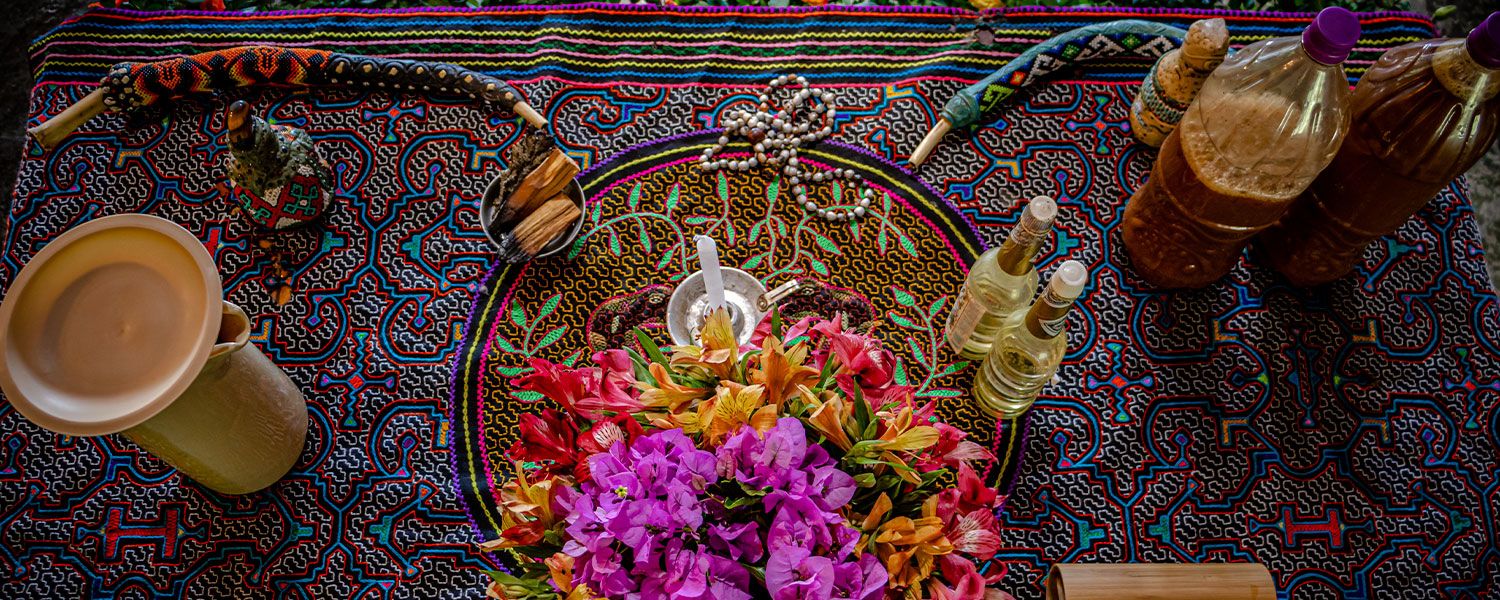
Selected composition of traditional (medicinal) plants
Rapé mixtures consist of various flowers, herbs and other (medicinal) plants and their seeds, which may include, for example, mint, tonka beans, cinnamon and clove. Traditionally, it also includes the ashes of burnt bark of the pau pereira tree. The indigenous people of South America have long used the components of this tree to relieve various ailments due to its immune system-boosting effects. According to legends, shamanic peoples have further added hallucinogenic plants such as macambo, anadenanthera, chacruna, and virola. The exact composition of their rapés remained their secret even then.
Both the ingredients and their proportions are individual and differ depending on the type of Rapé. The main ingredient in the mixtures is always Nicotina rustica, a particularly strong smoking herb from plants in the Amazon region. It contains 10-20 times more nicotine than the widespread and best-known smoking herb Nicotina tabacum. Unlike conventionally used smoking herb, however, Rapé does not contain any harmful additives such as tar.
Making a really good rapé is a true work of art. The production is a laborious and time-consuming process. After the selected ingredients have been carefully collected, they are dried, crushed and then sieved until a fine powder is obtained. These production steps already take place in a ceremonial context and with the utmost concentration, as it is assumed that the person preparing the herb puts the power of their intention into the herb. After all the ingredients have been dried, roasted if necessary and sieved and ground several times, they are put together. The entire production process can take weeks. Under a strict diet and in a trance-like state, the tribal shaman usually devotes himself to creating the mixtures. The other members of the tribe help by collecting the required plants.
Murici Rapé – object of sacred rituals
For hundreds of years, rapé has been considered a sacred medicine by indigenous tribes in South America. From there, the use spread more and more, so that the preparation and use became more and more known in the Western world.
The first reports of smoking herb consumption coincide with the rediscovery of America by Christopher Columbus in 1493. He is said to have been the first European to see indigenous peoples using the wild herb. However, the actual consumption by these people goes back much further. It is estimated that it was used as early as 5,000 years ago.
Shamans in the Amazon region use this sacred herb to connect with the great spirit, also called 'Yushibu energy'. It is said to represent creativity and the energy of creation. Today, the use of rapé is an integral part of the indigenous people's spiritual culture.
The Incas are said to have smoked, chewed and snorted the herb. It was only through the observations of Christopher Columbus that the method of snuffing became widespread in Europe. However, the type of tobacco use that is widespread in Western societies today has nothing in common with the traditional and ritual use of rapé.
For the indigenous people of South America, the use of rapé is a sacred ritual. They use it in combination with prayers to connect with the healing powers of nature and receive the blessings of the rainforest.
Clearing and harmonization of the chakras
The use of rapé, which is common among indigenous peoples of South America, can be done in two ways. Traditionally, it is depicted with two people. Using a long pipe (traditionally: bamboo or hollowed-out bone), a person blows a pea-sized portion of the powdery smoke herb into the nostrils of the ritual partner. Self-application is also possible using a V-shaped pipe (kuripe) that connects the mouth and nose. Among shamanic peoples, an experienced member of the tribe or a shaman takes on the role of the 'giver'. They believe that the ritual not only blows the rapé into the nose, but also the spirit of the person sending it. In this way, the sender passes on his own energy to the person receiving it, who is supposed to be strengthened by this. For the ritual, the indigenous peoples also invoke the energies of power animals and spirits, who are supposed to support the ritual. The power of the breath (soplada) is of particular importance in this tradition. The method and knowledge of blowing Rapé is of great importance here.
For inexperienced users, the ritual may be easier together with a partner. The experienced natives report that already the application on the first nostril can be overwhelming. However, for an energetic balance it is important that both nostrils are filled. While the left nostril traditionally represents death, the right side represents rebirth.
The effect of rapé depends largely on the particular mixture. According to the indigenous people, it can basically open the mind and solve diseases on a physical, emotional and spiritual level. Traditionally, at the beginning of a rapé ritual, the person receiving it sets an intention and selects a suitable variety accordingly. Other important factors are the respectful handling of the plants contained in the ritual and a quiet, undisturbed environment in which the ritual is performed. With the help of incense and relaxing sounds, a pleasant meditative atmosphere can be created.
On a physical level, rapé is said to have a cleansing effect and help eliminate toxins from the body. In some sources, the detoxifying function is also associated with the pineal gland. This organ in the middle of the brain is said to be related to non-physical perception and to enable visions.
Mentally, the herb can be stimulating and even psychoactive. The stimulating effect is due to the high nicotine content. This ingredient releases hormones such as adrenaline and dopamine. While adrenaline provides clarity and alertness, dopamine helps to let go of negative thoughts and gain positivity.
On the latter, spiritual level, according to the indigenous people the mixture of (healing) plants should be primarily effective. Thus, users should be able to make profound experiences in the ceremonial context. Rapé is said to help to release an entrenched mentality, to free the energy body from foreign energies and to open and harmonize the chakras. Especially on the level of the heart chakra, blockages should be released and users should be freed from listlessness.
As mentioned above, the exact nature and intensity of the effect depends on the exact ingredients. In summary, Rapé is said to have a clearing and harmonizing effect on a physical, mental and spiritual level. It is said that the energy flow of the chakras is supported and the connection with the higher self and the universe is strengthened.
Unique blends of the Huni Kuin Tribe
All our Rapés are completely individual in their composition of ingredients and in their effects. They come from the Huni Kuin tribe (also known as Kaxinawa), which means 'the real people'. Their habitat is the Amazon rainforest. Living in harmony and in strong connection with nature, they have a millennia-old knowledge of herbal healing properties and social interaction in the community. The members of the Huni Kuin tribe recognize the 'great spirit' as the origin of creation in all living things. The animal and plant world is very sacred to them, which is why they always protect their habitat and preserve it sustainably.
Our Rapés are sourced from a collaborative project in Brazil where young men of the Huni Kuin tribe are supported in staying connected to their tradition. They themselves receive Rapé on a daily basis to get a clear mind and focus on their goals. The high content of tobacco, the strong spiritual energy and the loving atmosphere in the family of the cooperation project make the Rapés distinctly unique.
“Naxima” – Makers of our Murici Rapé
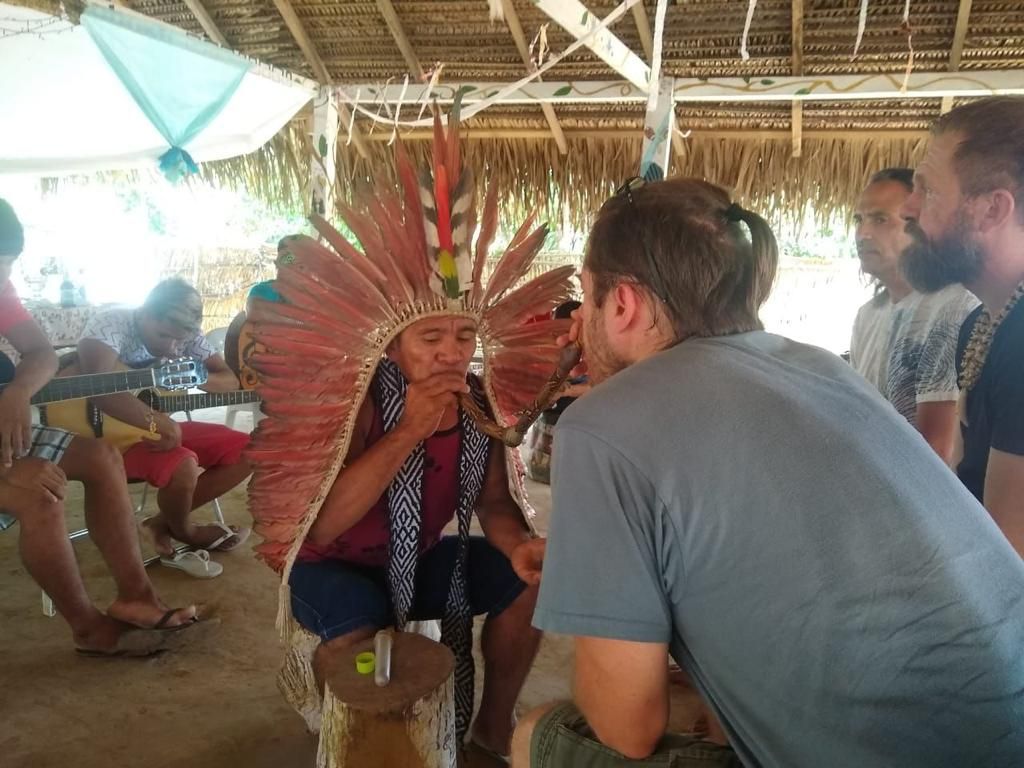
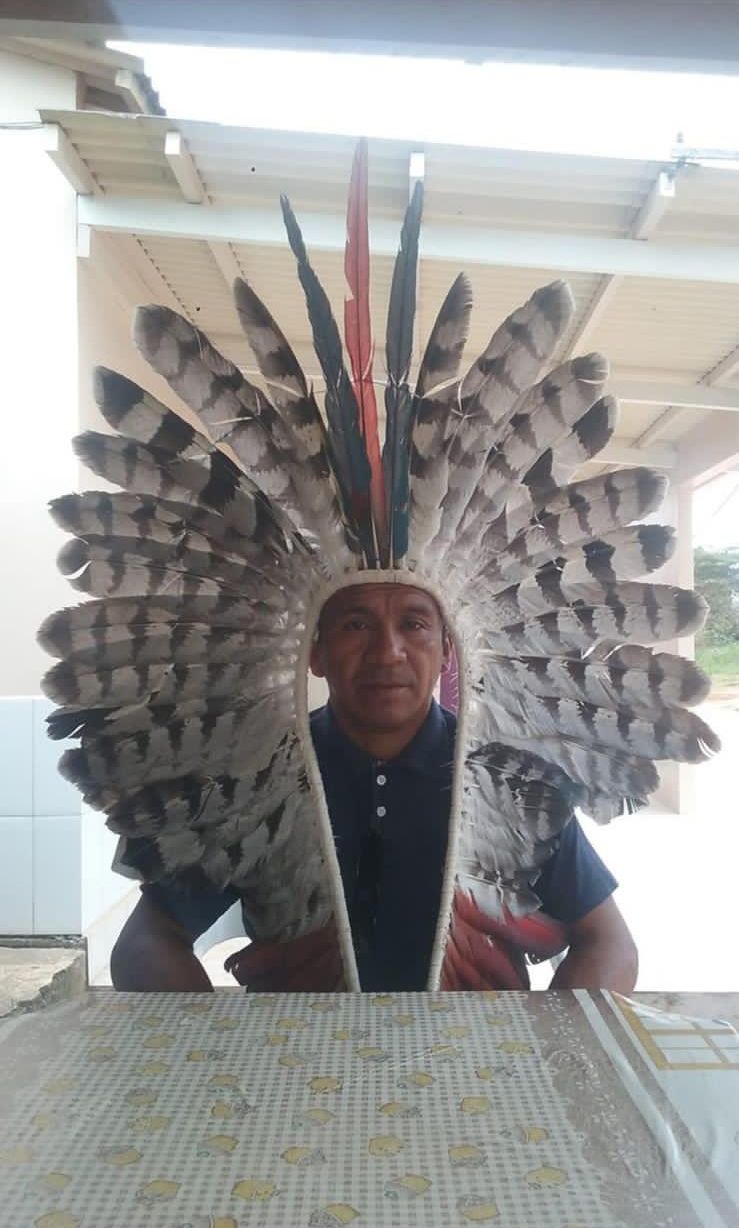
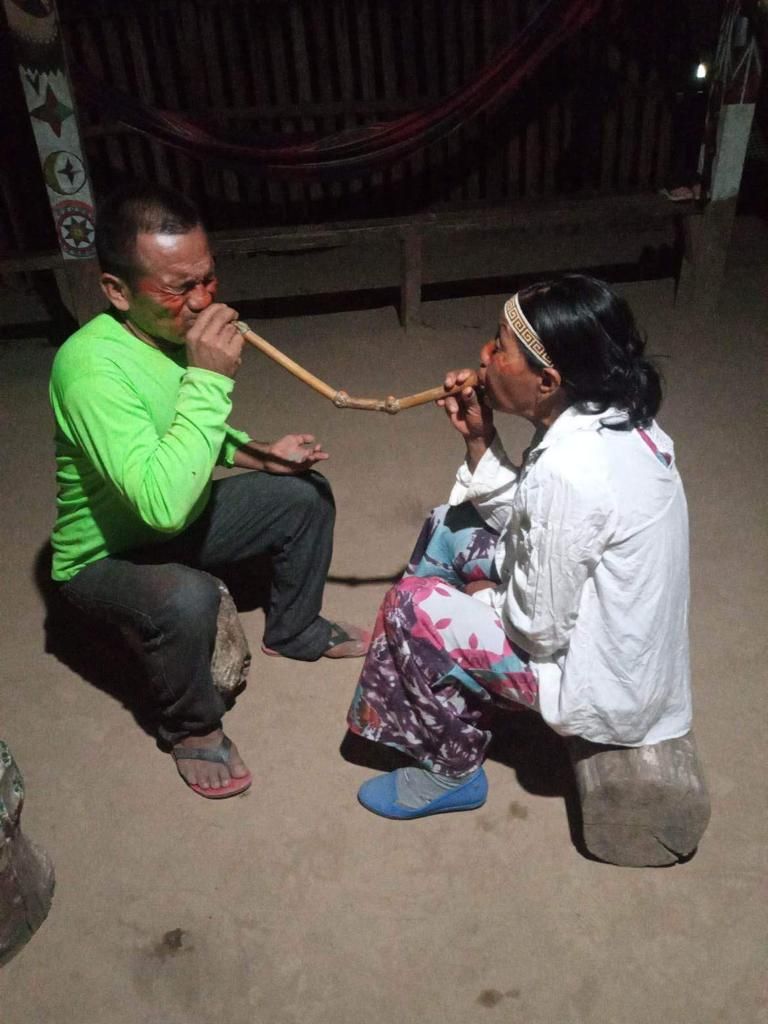
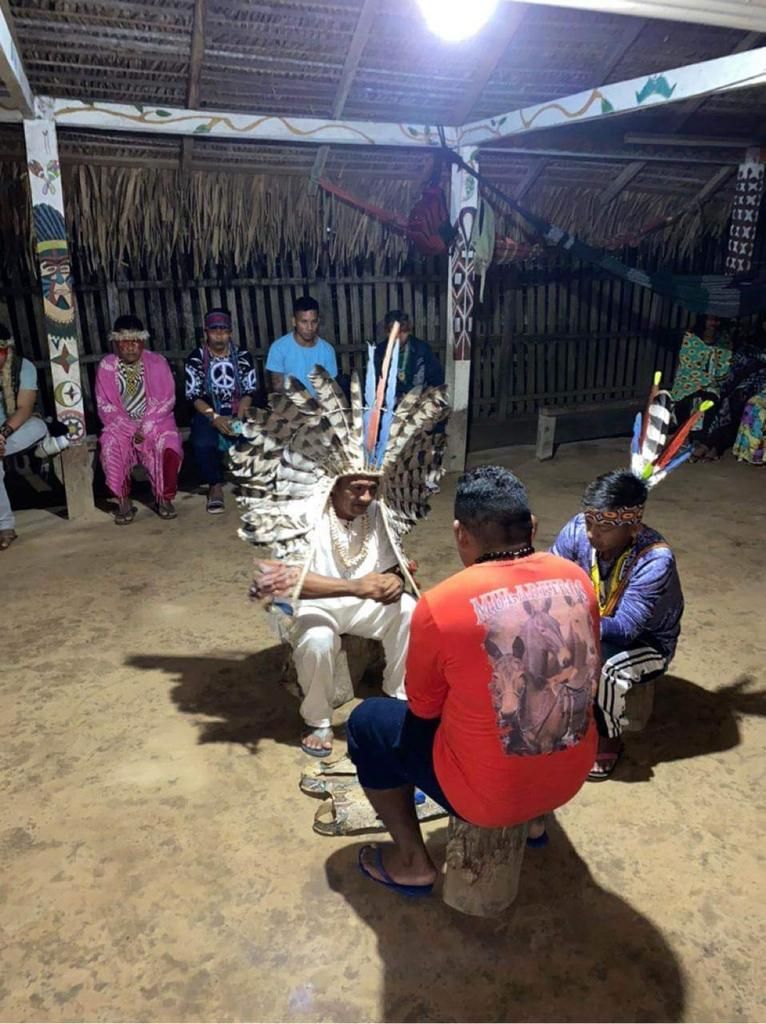
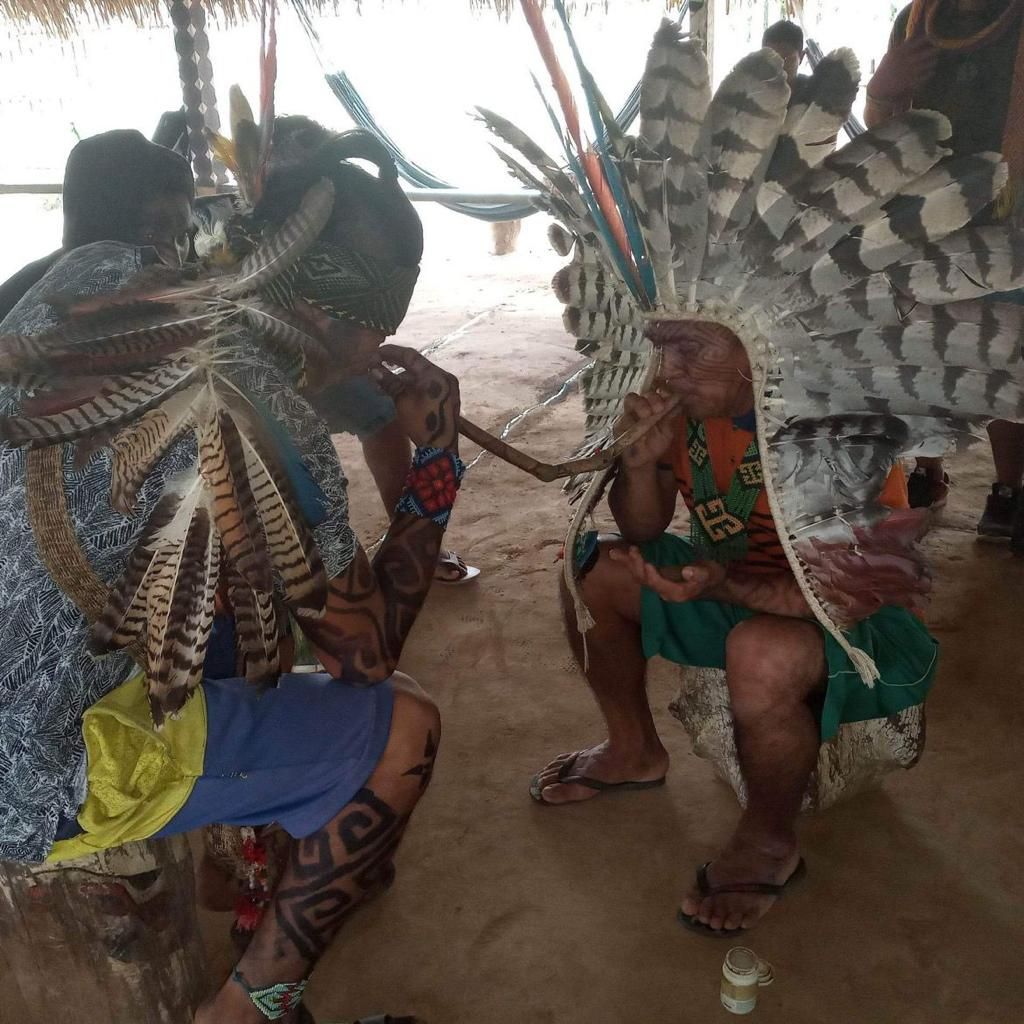
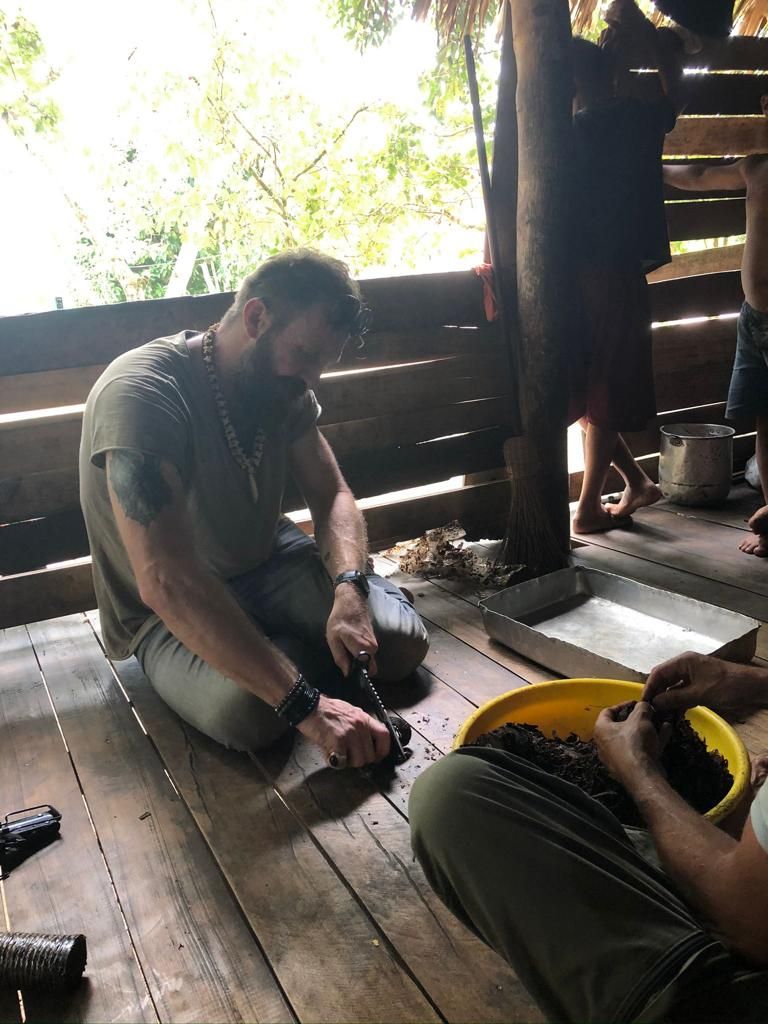
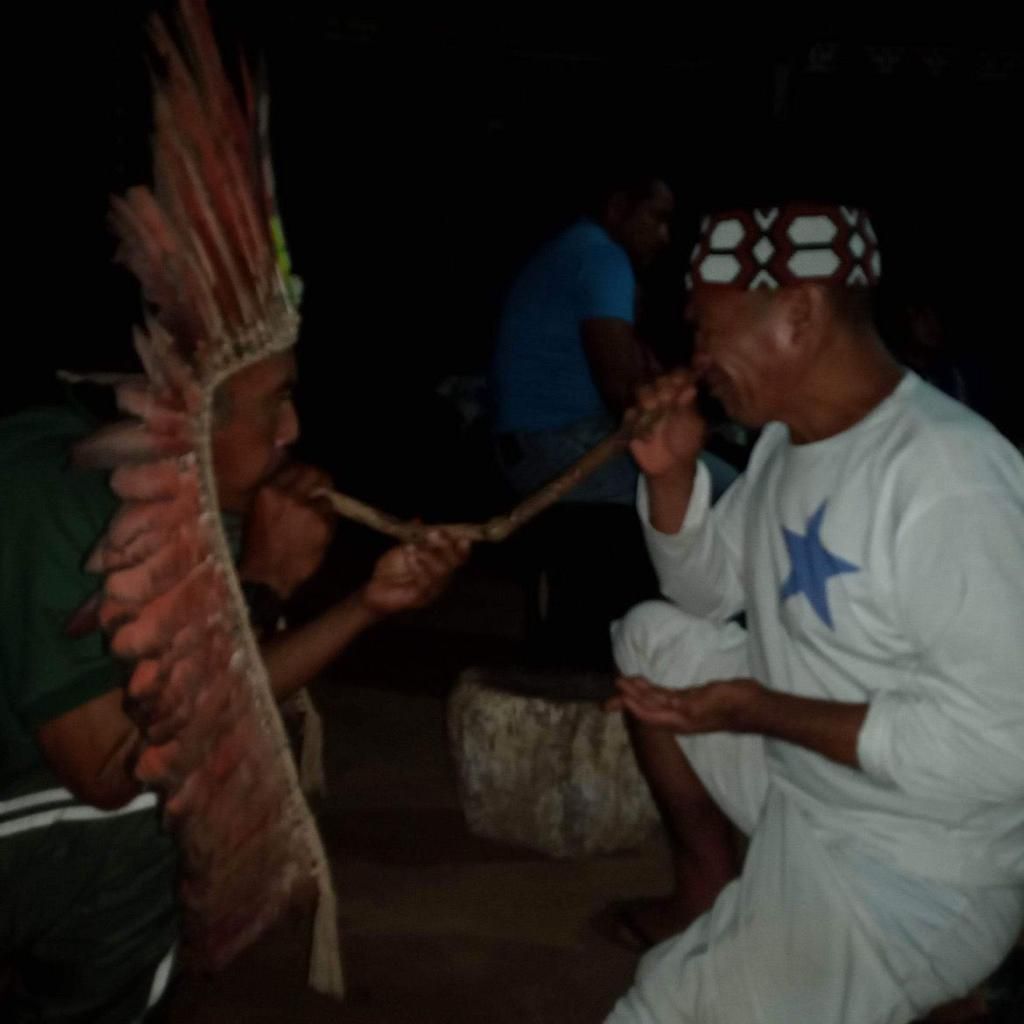
Follow us on Instagram to learn more about effects, consequences, etc. of our products: suyana.spirit
Experience our Suyana (medicinal) plants
-

Fly Amanita – capsules (60 pieces)
66,66 € Add to basket
Fly agaric powder from the forests of Lithuania -

Bacopa Monnieri
From 32,50 € Select options This product has multiple variants. The options may be chosen on the product page
– from Costa Rica -

Cocoa beans
From 41,50 € Select options This product has multiple variants. The options may be chosen on the product page
– Organic cocoa shells from Costa Rica -

Blue Lotus
From 43,00 € Select options This product has multiple variants. The options may be chosen on the product page
Sun-dried flowers from Laguna Puttalam


